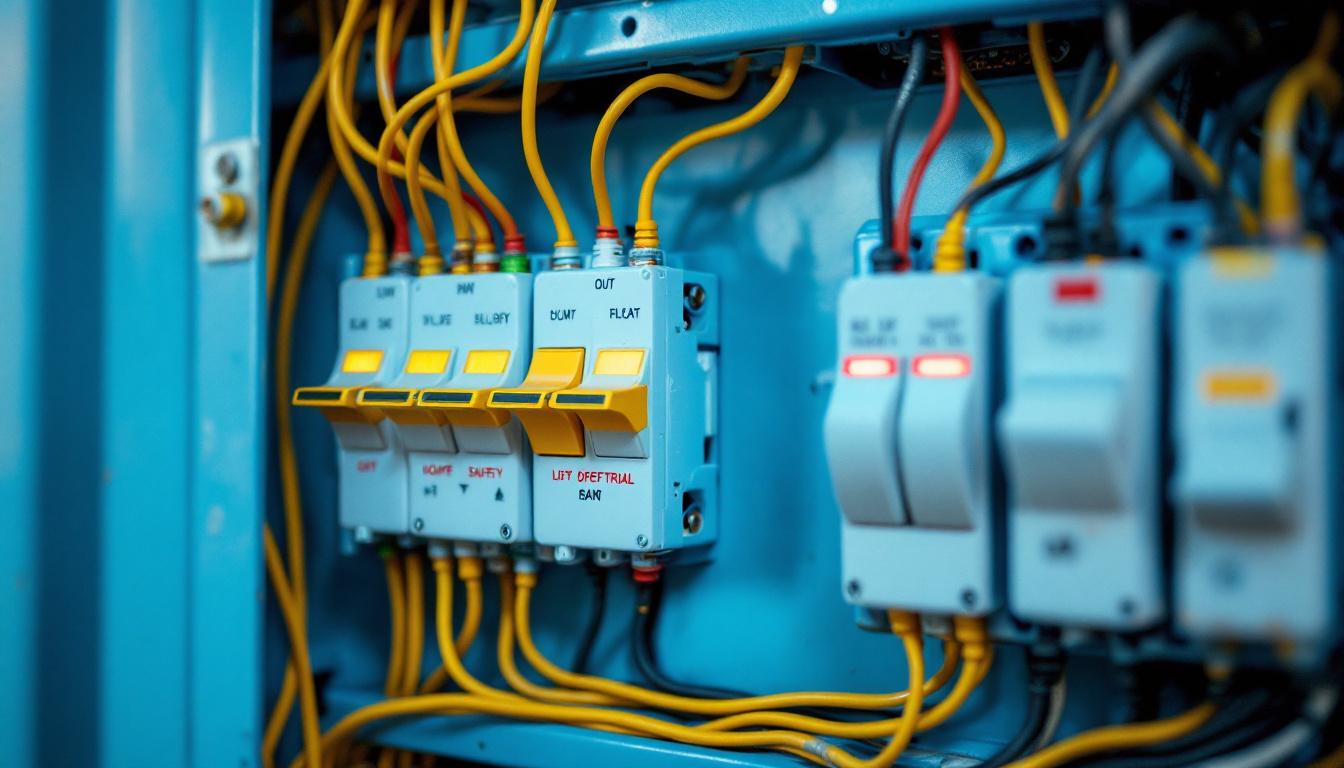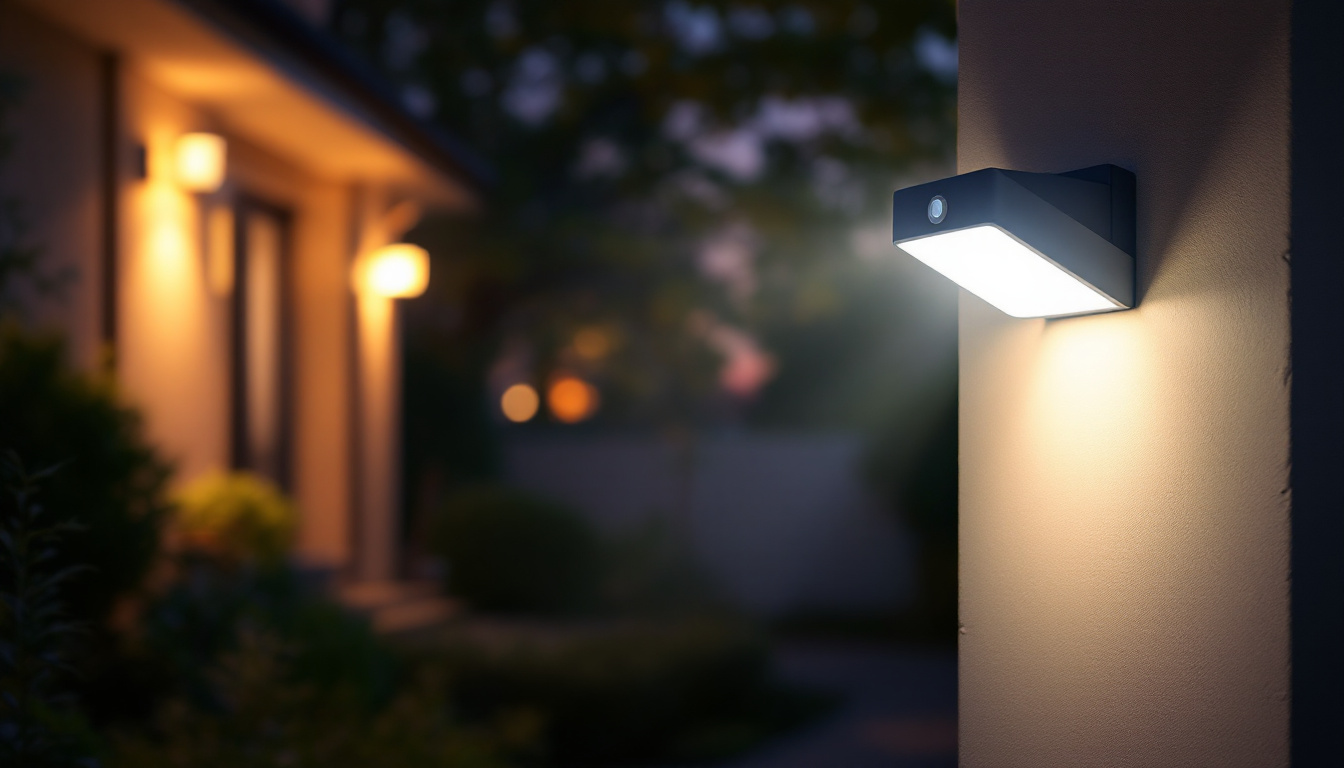
Electrical box switches are integral components in the world of lighting installations. They serve as the control center for various lighting fixtures, allowing users to turn lights on and off, adjust brightness, and even manage multiple lighting zones. Understanding the nuances of electrical box switches is crucial for lighting contractors who aim to deliver efficient and aesthetically pleasing solutions to their clients. This article delves into the essential aspects of electrical box switches, covering types, installation processes, and best practices.
When selecting an electrical box switch, it is important to consider the various types available. Each type serves a specific function and is suited for different lighting scenarios. Here are some of the most common types:
Single-pole switches are the most basic type of switch and are widely used in residential and commercial lighting. They control a single light fixture or a group of fixtures from one location. The simplicity of single-pole switches makes them easy to install and operate, making them a go-to choice for many contractors.
Typically, a single-pole switch has two terminals and a ground screw. The electrical current flows through the switch when it is in the “on” position, completing the circuit and allowing the light to illuminate. For contractors, ensuring that the switch is properly wired is essential for safety and functionality. Additionally, single-pole switches come in various styles and finishes, allowing homeowners to choose options that complement their interior design. From traditional toggle designs to modern rocker switches, the aesthetic appeal of these switches can enhance the overall look of a room.
Three-way switches are designed for controlling a single light fixture from two different locations. This is particularly useful in hallways, staircases, or large rooms where multiple entry points exist. The installation of three-way switches can be more complex than single-pole switches due to the additional wiring required.
In a three-way switch setup, two switches work together to control the same light fixture. Each switch has three terminals, and the wiring configuration allows for flexibility in controlling the light from either location. For lighting contractors, mastering the wiring of three-way switches is vital for providing clients with convenient and functional lighting solutions. Furthermore, three-way switches can be integrated with smart home technology, allowing users to control their lighting remotely via smartphone apps or voice commands, adding a layer of convenience and modernity to traditional setups.
Dimmer switches offer an added layer of control over lighting by allowing users to adjust the brightness of their fixtures. This not only enhances the ambiance of a space but also contributes to energy savings. Dimmer switches can be used in conjunction with single-pole or three-way switches, making them versatile options for various applications.
When installing dimmer switches, it is essential to ensure compatibility with the type of light bulbs being used. Some dimmers are designed specifically for LED or CFL bulbs, while others may be suitable for incandescent bulbs. Contractors should be knowledgeable about these specifications to recommend the best options to their clients. Moreover, dimmers can also help prolong the lifespan of light bulbs by reducing the amount of electricity flowing to them, which can be particularly beneficial in high-use areas like living rooms or dining areas. With the rise of smart dimmer switches, users can now enjoy features such as programmable settings and remote access, further enhancing the functionality of their lighting systems.
The installation of electrical box switches requires a thorough understanding of electrical systems and adherence to safety standards. Here is a general overview of the installation process for electrical box switches:
Before beginning any installation, it is crucial to turn off the power at the circuit breaker to prevent electrical shock. Using a voltage tester to confirm that the power is off is a best practice that should not be overlooked. Additionally, wearing appropriate personal protective equipment (PPE) is recommended to ensure safety during the installation process.
Contractors should gather all necessary tools and materials, including the switch, electrical box, wire connectors, and appropriate wiring. Familiarity with local electrical codes and regulations is also essential to ensure compliance and safety.
The wiring process will vary depending on the type of switch being installed. For a single-pole switch, the contractor will typically connect the incoming hot wire to one terminal on the switch and the outgoing hot wire to the other terminal. The ground wire should be connected to the ground screw on the switch.
For three-way switches, the wiring can be more intricate. It involves connecting the common terminal to the light fixture and the traveler terminals to the other switch. Careful attention must be paid to the wiring configuration to ensure proper functionality. Diagrams and guides can be helpful resources during this process.
Once the switch is wired, it is important to secure it into the electrical box and attach the cover plate. After completing the installation, the power can be restored at the circuit breaker. Testing the switch to ensure it operates correctly is a critical step before considering the job complete.
Contractors should also educate clients on how to use the switches, especially if dimmers or three-way switches are involved. Providing clear instructions can enhance customer satisfaction and reduce the likelihood of future issues.
To ensure optimal performance and longevity of electrical box switches, contractors should adhere to several best practices during installation and maintenance:
Selecting the appropriate switch for the specific application is paramount. Factors such as the type of lighting, the desired control options, and the overall design aesthetic should be considered. For example, using a dimmer switch in a dining area can create a more inviting atmosphere, while a three-way switch may be necessary for a long hallway.
Contractors should also consider the quality of the switches they are installing. Investing in reputable brands can lead to fewer issues and greater customer satisfaction over time.
Compliance with local electrical codes is not only a legal requirement but also a critical aspect of ensuring safety. Contractors should stay informed about any changes to electrical codes and regulations in their area. This knowledge will help avoid potential issues during inspections and ensure that installations meet safety standards.
Documentation of the installation process, including wiring diagrams and specifications, can also be beneficial for future reference or for other contractors who may work on the system later.
Encouraging clients to perform regular maintenance on their electrical systems can prolong the life of switches and fixtures. This includes checking for any signs of wear, such as flickering lights or loose connections. Addressing these issues promptly can prevent more significant problems down the line.
Additionally, as technology evolves, clients may benefit from upgrading to smart switches or more advanced dimming systems. Contractors should be prepared to discuss these options with clients, highlighting the advantages of modern technology in enhancing the functionality of their lighting systems.
Despite careful installation and maintenance, issues can arise with electrical box switches. Understanding these common problems can help contractors troubleshoot effectively:
Flickering lights can be a frustrating issue for homeowners and may indicate a problem with the switch, the light fixture, or the wiring. In many cases, flickering is caused by a loose connection at the switch or within the fixture itself. Contractors should check all connections to ensure they are secure.
In some instances, the issue may stem from incompatible dimmer switches and light bulbs. Ensuring that the dimmer is rated for the specific type of bulb being used can prevent flickering and enhance performance.
When a switch fails to operate, it can be due to several factors, including a faulty switch, incorrect wiring, or issues with the circuit itself. Contractors should begin by verifying that the power is reaching the switch. If the wiring appears correct, replacing the switch may be necessary.
Additionally, checking the circuit breaker for tripped breakers or blown fuses can help identify the root cause of the problem. Understanding how to troubleshoot these issues efficiently is a valuable skill for lighting contractors.
Overheating switches can pose a serious safety hazard and may indicate an overloaded circuit or a defective switch. Contractors should assess the load on the circuit to ensure it is within the switch’s capacity. If overheating occurs, it is essential to replace the switch promptly and investigate the underlying cause.
Educating clients about the signs of overheating and encouraging them to report any unusual behavior can help prevent potential fire hazards and ensure a safe lighting environment.
Electrical box switches play a crucial role in lighting installations, providing control and functionality to various lighting systems. Understanding the different types of switches, their installation processes, and best practices can empower lighting contractors to deliver exceptional service to their clients.
By staying informed about common issues and solutions, contractors can enhance their troubleshooting skills and ensure that their installations are safe, efficient, and compliant with regulations. As technology continues to evolve, embracing new advancements in lighting control will further elevate the quality of service provided to clients, ultimately leading to greater satisfaction and success in the lighting industry.
Ready to elevate your lighting installations with the highest quality switches and fixtures? Look no further than LumenWholesale, where we provide contractors with spec-grade lighting products at unbeatable wholesale prices. Our extensive selection is designed to meet the highest industry standards, ensuring you have access to reliable and high-performance lighting solutions for every project. Plus, with free shipping on bulk orders, you can stock up on premium lighting essentials without worrying about hidden fees or inflated markups. Don’t compromise on quality or value—choose LumenWholesale for the perfect blend of affordability and convenience. Wholesale Lighting at the Best Value is just a click away.

Discover the essentials of Push Lighting technology and its transformative impact on the lighting industry.

Discover how outdoor ceiling lights can transform your exterior spaces, enhance safety, and elevate your home’s aesthetic.

Discover the essentials of solar-powered arena lighting with expert insights tailored for lighting contractors.

Discover the essential guide for lighting contractors on motion sensor security lights.